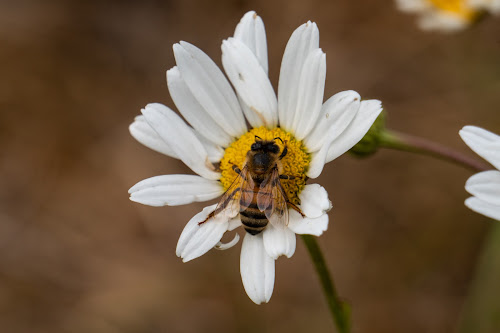What do you call a grasshopper on adderall?
A focust!
I think I should rename my blog to creaturepuns instead of creaturekind. I mean finding a bug is amazing but finding an excellent pun is nearly as good!
Back to the subject at hand, grasshoppers! These creatures have been very elusive to my eye the last few years. I'm not sure if that's because I'm no longer spending as much time running in fields and woodlands as I was when I was little. Or if it's sadly because of the insect decline due to the usual dangers like habitat loss, urbanisation and increased farming. Most likely a bit of both even though studies have shown that insects are in decline but I'm not so sure if the grasshopper is per say.
But I've now increased my luck of finding them by practising (beginner) macro photography. I still need to play around a lot more with my camera, invest in a good lens as I'm just using extension tubes at the moment so any advice is very welcome! The camera I use is Sony Alpha a6300 and the lens I currently use is a 55 - 200 mm.
I wanted to share how I found these creatures and some interesting facts about them. Near my house there is an old quarry that's been made into a small little nature haven. Imagine a steep hill with young bushes, trees and quite the array of wildflowers with a few little paths intertwining. So here I went with hopes on finding some little bugs to pose for me and this little bee on a beautiful daisy surrounded by tall grass and other daisies caught my eye. Sadly I do believe this bee might have chosen his/her last flower as it was very lethargic and didn't move. But I do hope with all my heart that she or he was just having a break.
Moving around trying to make this little fellow look his/hers absolute best I saw something catch the corner of my eye. I looked around but could not find anything, moved my feet and there it was again, a tiny little grasshopper nymph (if I'm not wrong) fleeing from my feet.
As soon as I was aware of one of them I could not move without seeing another one. But they were so small, and me struggling to get them in to focus didn't portray them in the best light. But it's still easy to see how cool they are right? After many out of focus photos I decided to continue my search for other bugs but as soon as I got up this big girl (due to the size and keels but not a 100% sure) decided she wanted her picture taken as well and you can see why! I believe these are common field grasshoppers but again I could be wrong and would happily be corrected! Briefly she graced by presence before she hopped away and disappeared into the grass.
A surprising fact about these little creatures is that their ears are on their abdomen instead of their head. With these ears they can distinguish their fellow grasshoppers tune however they can't recognise a difference in pitches very well. Luckily enough, the sound they make by rubbing their legs against their wings mainly focus on intensity and rhythm to impress females. Did you notice I mentioned wings? And yes they can use these as well. However it's not the wings that are the most impressive part of these creatures, in my opinion it's the legs. If I had those legs I could easily jump the length of a football field. I probably would look ridiculous as well, pros and cons I guess.
The coolest thing I saved for last! This is something I didn't know until recently, locusts are actually part of the grasshopper family! But grasshoppers that go in to a certain state developing gregarious characteristics when in specific conditions. These conditions are often found where there is growing vegetation after a dry period. Making the solitary grasshopper come together to find food, it's in these groups the chemical serotonin gets released and they transform in to a "gregarious state". Where not only there social behaviour changes but also their physical form. Becoming more adapt to a life on the move by generally being stronger and their wings growing longer. Out of the 11.000 species of grasshoppers it's unsure how many can morph into a "gregarious state" but the one you mostly likely would have heard of is the desert locust. Which can threaten one fifth of the earth land area with their swarms.
With this I will leave you to ponder the greatness of the little creatures in life.






Comments
Post a Comment